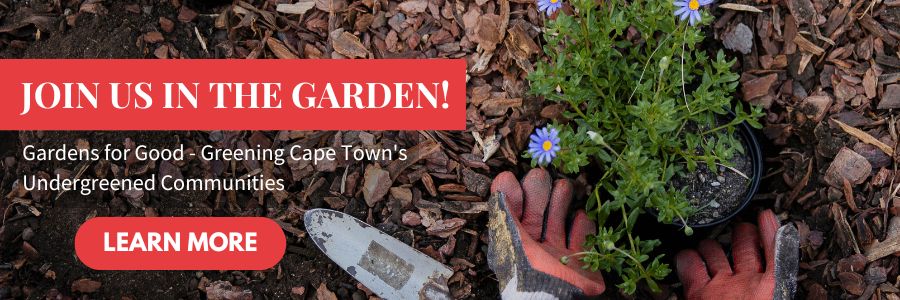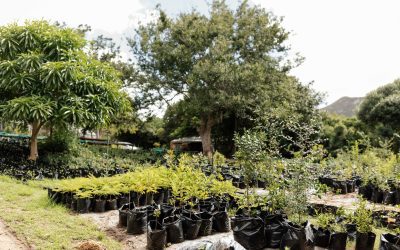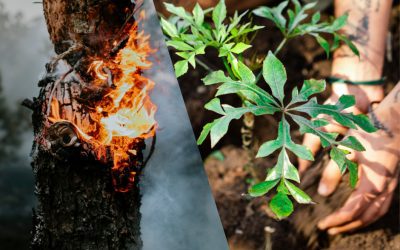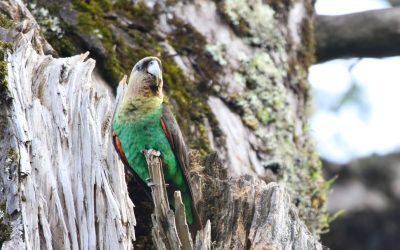These beetles, also known as Euwallacea fornicatus, are a troublesome species that are able to cause a great deal of trouble to the environment. Furthermore, the beetle has been discovered in Johannesburg and therefore, are considered a great threat to the indigenous trees of South Africa. These beetles are approximately 2mm long and are native to Southeast Asia. Moreover, the polyphagous shot hole borer, or PSHB, is associated with different types of fungi. One of these fungi is called Fusarium euwallacea. The shot hole beetle shares a symbiotic relationship with this fungus, as this fungus is the beetle’s main source of food in addition to it being the main cause associated with the wilting of trees. The other types of fungi are believed to help the beetle’s colonization of newly infected trees.
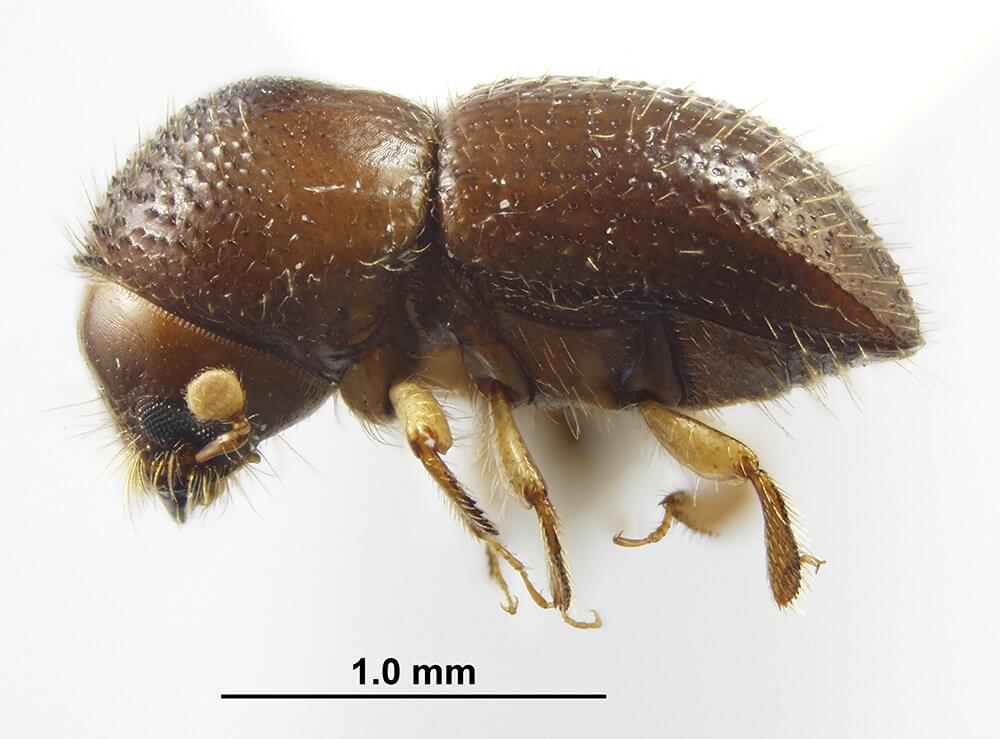
How Was The Shot Hole Borer Discovered In South Africa?
Dr. Trudy Paap of FABI (Forestry and Agricultural Biotechnology Institute) initially discovered the shot hole Borer beetle in South Africa. On a routine study for diseases in KwaZulu-Natal Botanical Gardens in Pietermaritzburg in 2017, Paap found a series of infested trees. This led to the identification of the beetle in addition to the regions in which infestations are taking place.
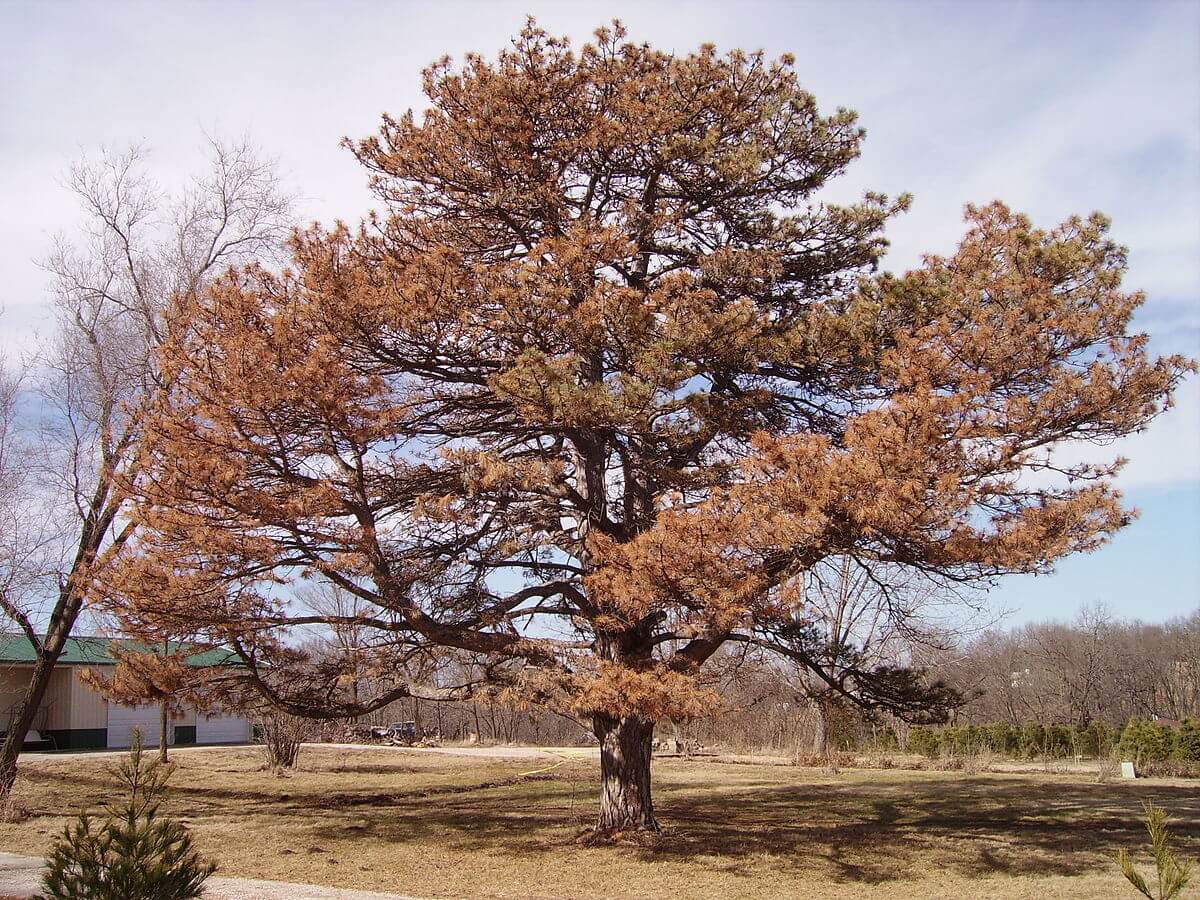

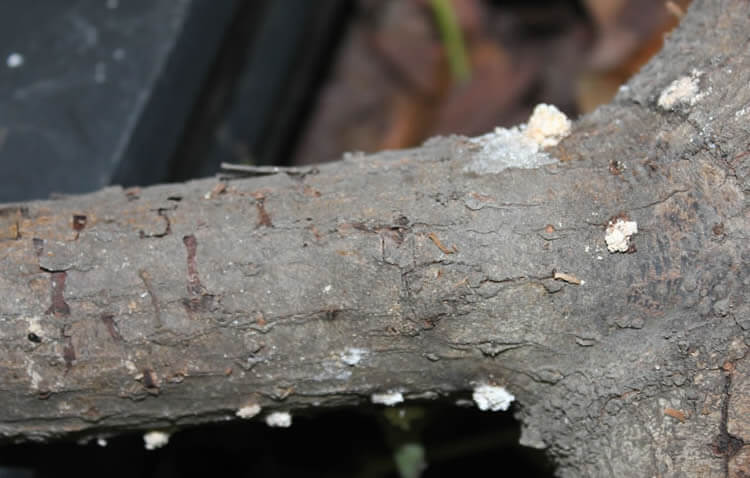
Why Should We Be Concerned?
The PSHB along with its fungus has caused tremendous damage to the trees in the US, specifically California, in addition to regions in the Middle East. Moreover, the beetle has been recently discovered in Sandton, which is Johannesburg’s economic hub. This discovery is particularly concerning because Johannesburg is believed to be one of the world’s largest urban forests with over 10 million trees. Furthermore, judging by the number of trees the beetle has killed in Johannesburg as well as Knysna, this beetle could potentially be one of South Africa’s largest ecological tragedies. In addition, the beetle is currently infesting over 200 tree species from 28 plant families worldwide.
How does the beetle infest the tree? Actually, the beetle itself doesn’t kill the tree; rather it is the fungus that accompanies the beetle. The fungus targets the trees vascular system inhibiting the flow of water and nutrients within the tree.
How To Identify The Shot Hole Borer:
Unfortunately, the beetles are too small to detect. However, what you can do is identify the infected trees. The symptoms of infected trees vary from one tree species to another and there are many signs that show when a tree is infected. Some of these signs are:
- Wilting trees
- Dead branches
- Exit/Entry holes on the bark of the trees
- Shotgun-like lesions on the bark at entry/exit holes.
- Sugar volcanoes on the bark at entry/exit holes.
- Blotches of oozing resin on the bark at entry/exit holes.
- Wood frass (wooden powder) on the bark at entry/exit holes.
Types Of Trees Being Infected
It was previously mentioned that the PSHB infects more than 200 tree species from 28 plant families. Therefore, it would be difficult to list all of the tree species. However, some of the important commercial crops you should know about that are susceptible to the Shot Hole Borer beetle are:
- Avocado (which suffered heavy damaged in California)
- Pecan
- Peach
- Orange
- Grapevine.



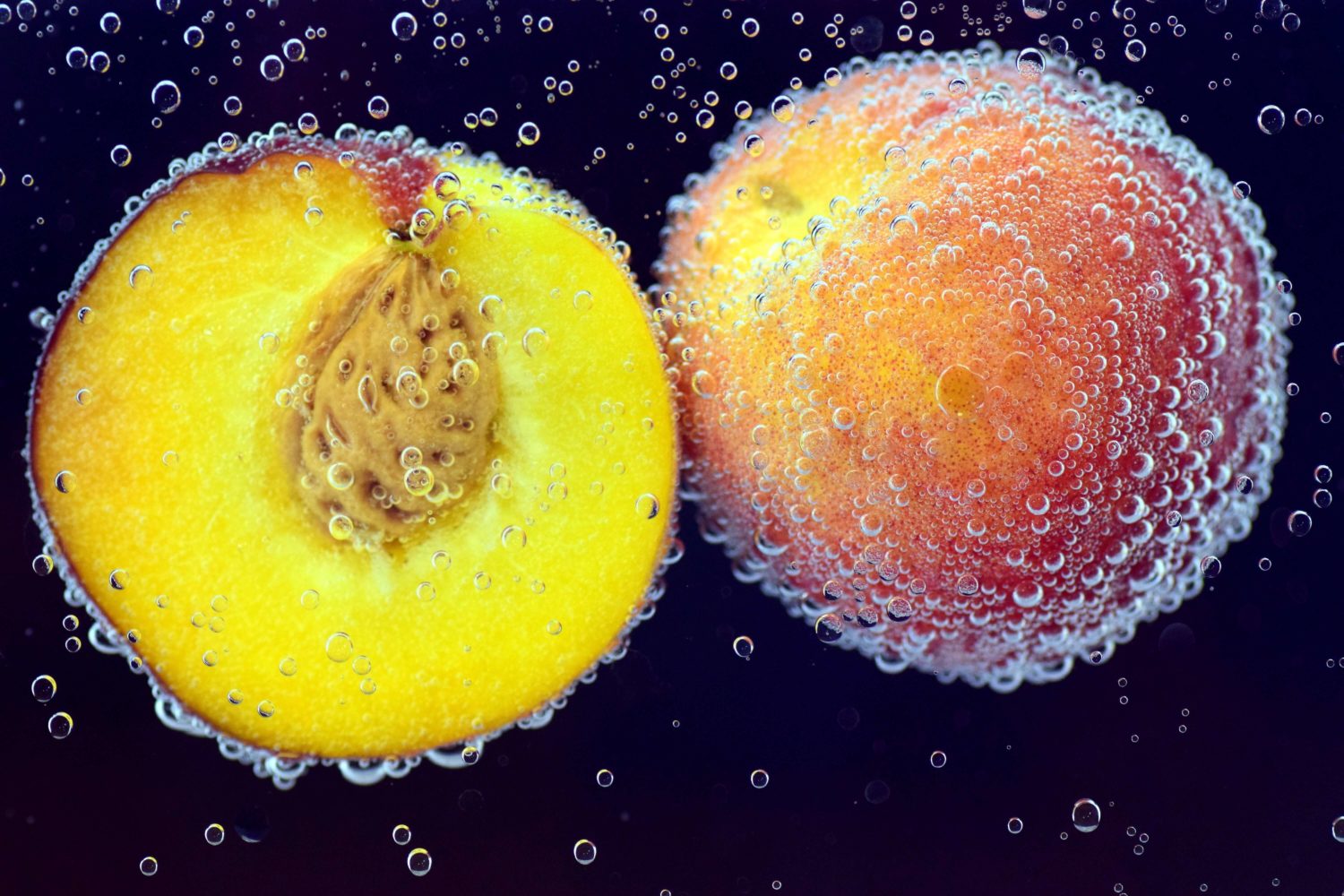

What Can We Do?
So far, no remedy has been discovered and insecticides are ineffective against the PSHB because the beetles drill deep into the wood. However, the only form of resistance against the beetles is for us to cut down and burn the wood to prevent the spread of these beetles. Cautionary procedures should be taken when transporting or handling plants and trees. It is encouraged for you not to move plants that portray signs of infestations but rather infected plants should be cut into smaller pieces, sealed, and kept in direct sunlight. The heat from the sunlight will lead to the insect and its larvae’s death. Furthermore, the public can aid in the management of the spreading by reporting any signs of infestations to FABI.
Greenpop’s Innovative Restoration Methodology and the Uilenkraal Forest Restoration Project
Read more about Greenpop’s innovative restoration methodology and the Uilenkraal Forest Restoration Project.
.
From Fires to Flora: A Blueprint for Wildfire Resilience and Forest Restoration
Read more about the Garden Route Wildfires and how Greenpop helped restore the forest of Heartland, forging a more fire-ready ecosystem.
Beyond Trees: Restoring Biodiversity & Protecting the Endangered Cape Parrot
Beyond Trees: Restoring Biodiversity & Protecting the Endangered Cape Parrot11 SEPTEMBER, 2025Forests are vital to the health of our planet, but not all forests are created equal. As a report by the IUCN and Greenpop explains, "Primary forests store more carbon...
Greenpop Foundation NPC is a registered non-profit organisation. Registration Number (NPO): 151-411 NPO.
